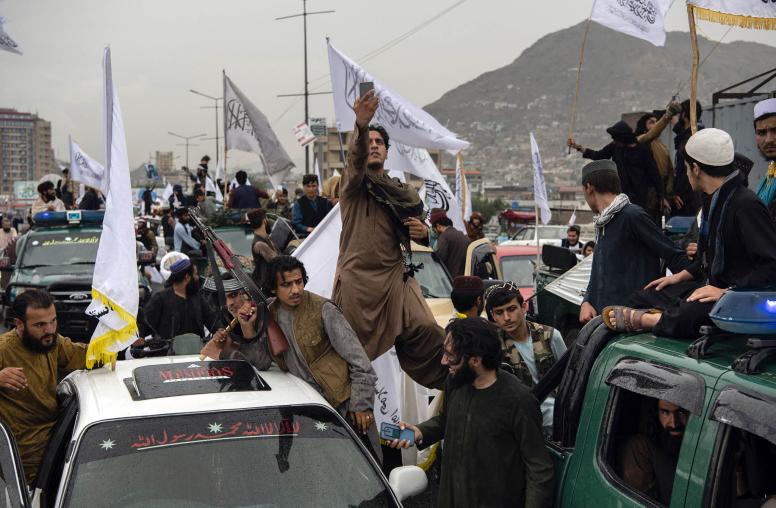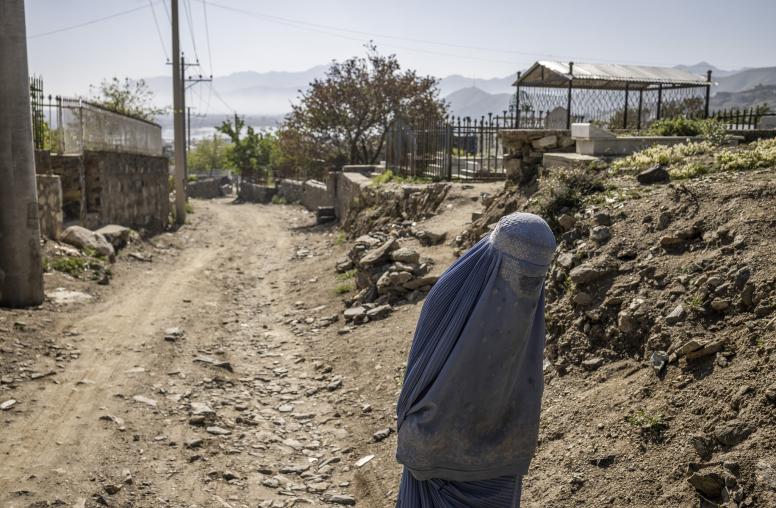Can You Help Me Now?
The United States Institute of Peace, in conjunction with Mobile Accord, TechChange, the UN-mandated University for Peace, and the National Defense University, hosted a Smart Tools for Smart Power event on June 24, 2010, entitled “Can You Help Me Now? Mobile Phones and Peacebuilding in Afghanistan.” The meeting brought together a cross section of the leading innovators in the use of mobile phones in difficult environments with Afghanistan specialists and government policymakers. This report summarizes the key points addressed during the meeting and expands on them with additional research and analysis.

Summary
- A decade ago, mobile phone usage in Afghanistan was almost nonexistent; now there are 13 million subscriptions for a total of 29 million citizens, and the annual growth rate of subscription is estimated at 53 percent. A number of factors have fueled this dramatic increase, including the sheer popular demand for communication, an absence of viable landline substitutes, government deregulation, and a competitive market that flourishes despite the conflict.
- Each of the major telecommunications companies in Afghanistan identifies the same five challenges to future expansion: poverty, high illiteracy rates, corruption, an untrained workforce, and lack of security. Despite these challenges, Afghanistan has proved an exceptional case study in the use of mobile phones for social change in support of peacebuilding, as it has been the focus of numerous pilot application programs conducted by the government, non-governmental organizations (NGOs), and the private sector.
- Mobile money transfer (MMT) applications have proved to be powerful mechanisms for helping to reduce corruption, foster security sector reform, and promote economic development. Yet neither the international community nor the Afghan government has shown the will or the capacity to move MMT programs forward at a pace commensurate with their demonstrated potential. At least two other high-value mobile applications were cited during the June summit as having improved conditions for stability and reconstruction in early deployments: (1) the provision of market information through mobile phones, especially in the agricultural sector, and (2) the use of mobile phones to strengthen local governance and civil society. Both applications have sufficient promise to warrant large-scale rollouts and merit careful consideration by international donors, whose support is vital during the transition to sustainability.
- Other applications on the horizon that hold tangible if still aspirational promise for peace building are those that use mobile phones for land dispute resolution, election monitoring, and gender empowerment and education.
- Across nearly all mobile phone applications in Afghanistan, two overarching needs appear essential to adoption: user training and an interactive voice response system to accommodate a largely illiterate population.
- International organizations operating in Afghanistan play a vital role in helping the country realize the promise of mobile telephony, bringing lessons learned from other conflict environments and the development sphere. Yet there is currently no mechanism in-country for coordinating across these organizations and with Afghan stakeholders, despite the obvious need for shared infrastructure and security. A mobile applications working group would be a powerful step toward promoting accelerated rollout, ongoing innovation, and greater cooperation and efficiencies among donors, NGOs, and telecommunication companies themselves.
About this Report
The United States Institute of Peace, in conjunction with Mobile Accord, TechChange, the UN-mandated University for Peace, and the National Defense University, hosted a Smart Tools for Smart Power event on June 24, 2010, entitled “Can You Help Me Now? Mobile Phones and Peacebuilding in Afghanistan.” The meeting brought together a cross section of the leading innovators in the use of mobile phones in difficult environments with Afghanistan specialists and government policymakers. Mobile telephony has significant potential to further peacebuilding efforts in Afghanistan. This report summarizes the key points addressed during the meeting and expands on them with additional research and analysis.
Sheldon Himelfarb is executive director of the Center of Innovation for Science, Technology, and Peacebuilding of the United States Institute of Peace. Cecilia Paradi-Guilford, a recent graduate of the Fletcher School of Tufts University, works for the World Bank on information and communications technology policy and operations in Afghanistan, Sri Lanka, and India. Nick Martin (president, TechChange) and Anand Varghese (senior program assistant, Center of Innovation for Science, Technology, and Peacebuilding) provided additional research assistance.



